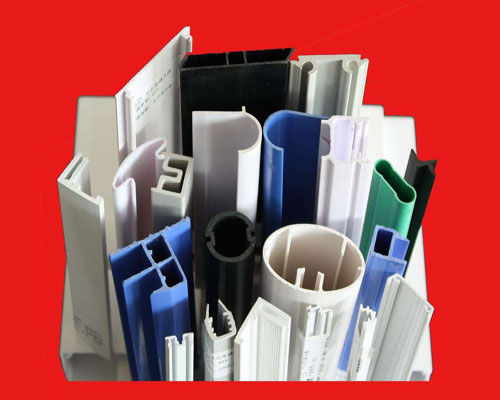
Phone Number :
08 17, 2023

When it comes to cable management, the model and specification of cable duct play a crucial role in ensuring the efficiency and effectiveness of any electrical or data installation. Cable ducts are widely used to protect and route cables, providing a safe and organized environment. In this article, we will explore the different aspects and considerations of cable duct solutions.
Choosing the right model of cable duct is essential to meet the specific requirements of the installation. There are various factors to consider, including the type and size of cables, environmental conditions, and the need for future expansion. Reliable manufacturers offer a wide range of cable duct models, each designed for specific applications. From PVC to metal ducts, the choice should be based on factors such as durability, flexibility, and fire resistance.
Understanding the specifications of cable ducts is vital to ensure optimal performance and compatibility with the installation. Here are some key specifications to consider:
The size of the cable duct should be carefully determined based on the number and diameter of the cables. It is crucial to allow sufficient space for easy cable installation and future cable additions. The dimensions of the duct should comply with industry standards to ensure compatibility with other components.
Cable ducts can be made from various materials such as PVC, metal, or fiberglass. Each material offers different advantages in terms of durability, corrosion resistance, and electrical insulation. The construction of the duct should also be assessed, ensuring it is robust enough to withstand mechanical stresses and environmental factors.
In applications where fire safety is critical, the fire performance of cable ducts becomes a vital consideration. Look for ducts that have been tested and certified for their ability to minimize the propagation of flames and release of toxic gases in case of a fire.
Proper installation and regular maintenance are essential for the longevity and performance of cable ducts. The installation process should follow industry best practices, including the correct placement, fixing, and sealing of the ducts. Regular inspections and cleaning are necessary to remove any debris or obstructions that may hinder cable routing or affect the performance of the installation as a whole.
In conclusion, understanding the model and specification of cable duct is crucial for successful cable management. By considering factors such as model selection, key specifications, and proper installation, one can ensure a safe and efficient cable routing system. Always opt for reliable manufacturers and consult professionals if needed to make informed decisions for your specific requirements.